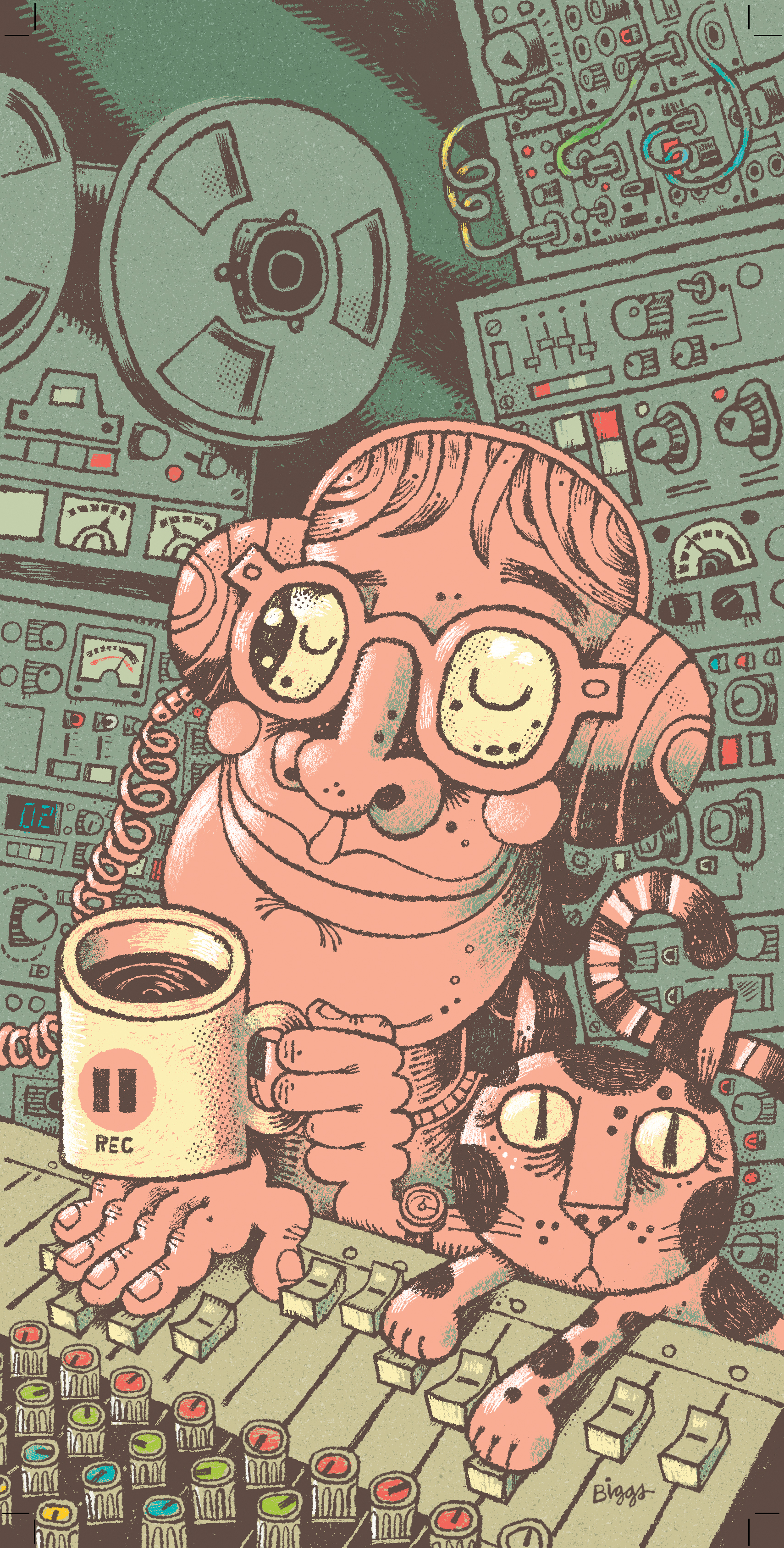In over 20 years of talking shop with notable engineers and producers, I’d never heard one mention of Datamix consoles. But then I had a very informative conversation with a good friend who is a casual historian of vintage studio tools and brilliant designer of modern studio innovations, and I learned that the first console installed at Jimi Hendrix’s Electric Lady Studios was built by Datamix. I also learned about the Datamix console at The Record Plant used by Eddie Kramer [Tape Op #24] on many projects, including Hendrix’s Electric Ladyland album. And then I heard about the new PSP Datamix A567 plug-in.
PSP began with original EQ modules pulled from the original Record Plant Datamix console. The modeling for this plug-in goes far beyond compiling impulse-responses, as each EQ band from each module was independently analyzed and programmed algorithmically to preserve realistic interactions. The original hardware modules were built with a transformer at the input and a buffer or line-amp to drive the EQ network. The plug-in has one knob labeled “Drive" that varies the transformer saturation of the input signal. Even with no saturation and the EQ flat, the PSP Datamix A567 will add a distinctive color. The EQ has three bands, with a few uncommon features. All bands boost with a peaking bell curve, but when cutting, the low band operates with a shelf at 85 Hz down and a bell above that. The mid band operates as a notch filter, and the high band as a shelf. The "Sharp" control adds resonance to the high band. Things get interesting with a complement of alternate tuning functions. Channel Select allows the user to adjust the variations between the different modeled channels, even changing variation of stereo spread on a mono source.
I recently installed a Prism Sound Titan ADA converter, and my assistant engineer and I took some time to study reference mixes, as well as our own dream pop productions, which we used as some of the source-material for evaluation of the PSP Datamix A567, along with jazz recordings from Vanguard Audio Labs.
Our first round of testing explored adding color to an assortment of vocal and instrument tracks. PSP openly states that users will either love or hate it. Indeed, it’s not subtle. The modeled circuitry imparted a unique, bass-forward response and softened top end. We found it very useful on some tracks but less desirable on others. The plug-in features over 100 presets – efficiently showcasing its range – and we experimented from there. The Sharp control got pretty aggressive at times and reminded me of some settings on my analog filters. The Drive level heavily influenced the overall tone of the EQ and also how the Sharp control responded. At one point, I wanted to test out the alternate tuning functions on some mono tracks to find out how they might widen mono sources in lieu of typical, time-based effects. The result was subtle, but the image-focus was retained with a natural sense of space. Using this feature judiciously on tracks can make mixes feel more organic. Because of its tone and features, PSP Datamix A567 sounds like no other EQ plug-in I can recall. It also behaves more like a vintage, analog EQ than many other hardware emulations. If you take the time to experiment with it on distorted 808 kicks, sultry vocals, and everything in between, you’ll likely find ways to use it on every mix.




_disp_horizontal_bw.jpg)